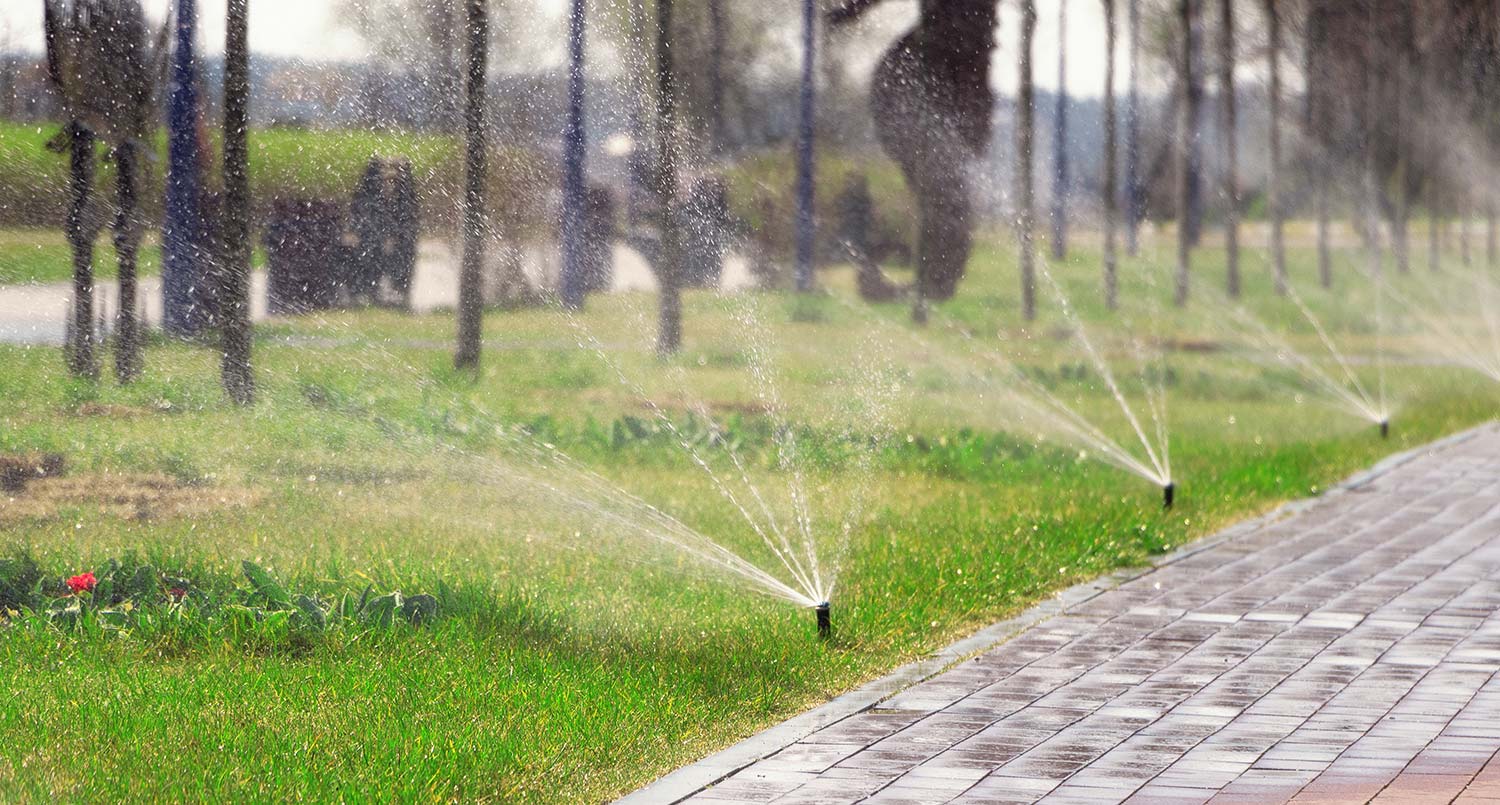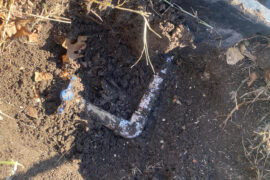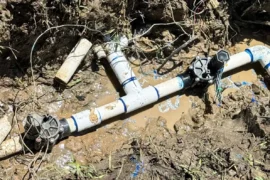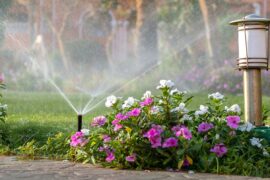Maintaining a lush, green lawn is akin to a delicate dance between nature and technology. One misstep, and you’re left with a patchy, uneven canvas of grass. Central to this balancing act is your lawn’s sprinkler system. But what happens when things go awry? Here, we’ll explore common issues with lawn sprinklers, from dry spots to broken heads, and offer practical solutions to keep your green oasis thriving.
Understanding Sprinkler System Snafus
01. Incorrect Sprinkler Height
One of the chief culprits behind brown spots and poor growth is incorrect sprinkler head height. When sprinkler heads are too low, they can become buried under soil, grass clippings, or other debris. This not only obstructs the water flow but also increases the risk of mechanical failures due to dirt infiltrating the moving parts.
On the other hand, sprinkler heads that are installed too high can be hazardous. They become obstacles that are prone to damage from lawn mowers, foot traffic, and other garden activities. Moreover, high heads can disrupt the intended water distribution pattern, leading to over or under-watering of certain areas.
Resolving the Height Hassle
- For Low Heads: It’s imperative to periodically clean and adjust these heads. Excavate around the sprinkler head gently and elevate it to the proper height above the turf. This ensures optimal spray coverage and prevents potential clogging and mechanical issues.
- For High Heads: Reducing the risk of damage and injury caused by overly exposed sprinkler heads is crucial. Repositioning these heads using flexible connectors like swing joints or funny pipes offers a practical solution. These adjustable fittings allow you to set the sprinkler head to the ideal height, ensuring it’s neither too high nor too low.
02. Blocked and Clogged
Blocked sprinkler heads, often due to overgrown vegetation or debris, lead to uneven watering and dry patches. Similarly, clogged nozzles, filled with dirt or mineral buildup, disrupt the spray pattern, leaving parts of your lawn thirsty.
Clearing the Path
- For Blockages: Regular inspection and maintenance are key. This involves trimming back any overgrowth that’s impeding the sprinkler’s path and removing debris that could block the water flow. In cases where relocation is necessary, ensure the sprinkler head is moved to a position where it can effectively cover its intended area without obstructions.
- For Clogs: Turn off the system, remove the nozzle, clean the filter, and reassemble.
03. Mixed Heads
In sprinkler systems, achieving a harmonious balance is key, especially when it involves different types of sprinkler heads, like rotors and sprays, within the same zone. Rotor heads are designed for long-range, rotating water distribution, covering large areas efficiently. In contrast, spray heads deliver a fixed spray pattern, ideally suited for smaller, more confined spaces.
When these two types are mixed in a single zone, it leads to a perplexing issue: inconsistent water distribution. The spray heads discharge more water over a shorter distance, while rotor heads cover larger areas but with less water volume. This mismatch often results in some areas receiving too much water (leading to waterlogging and potential plant health issues) and others not getting enough (resulting in dry spots and uneven growth).
Zone Uniformity
- Solution: To resolve the mixed heads dilemma, a professional assessment and redesign of the sprinkler system are often necessary. This involves reconfiguring the layout to create uniform zones – areas where either rotor heads or spray heads are exclusively used. A professional can evaluate the specific needs of each lawn area and design a system that ensures each zone receives the right amount of water. This may involve relocating some heads, changing the type of heads used in certain areas, or even reprogramming the irrigation controller for different zones to operate independently. .
04. Misting
When sprinkler heads emit a fine mist instead of a well-defined spray, a large portion of the water can be lost to evaporation and wind drift. This problem is particularly prevalent in areas with high water pressure. The high pressure forces water out of the sprinkler heads at such intensity that it breaks up into fine droplets, creating a mist rather than a coherent stream.
This mist, while visually appealing, is highly inefficient for irrigation purposes. The minuscule droplets evaporate quickly or are carried away by the wind, meaning less water reaches the grass and plants. Consequently, misting leads to poor coverage, dry patches in the lawn, and a significant waste of water.
Tackling Misting
- Pressure Check: The most effective solution for misting is to manage the water pressure within the sprinkler system. Installing a pressure regulator is a straightforward yet powerful way to address this. A pressure regulator reduces and stabilizes the water pressure entering the sprinkler system, ensuring it remains at an optimal level. This prevents the sprinklers from emitting water too forcefully, thus eliminating misting.
05. Broken Pipes
Leakages from broken or damaged underground sprinkler pipes are challenging to identify but can have a significant impact on the effectiveness of your irrigation system. These leaks often go unnoticed because they are below the surface, but they can lead to substantial water loss and reduced system performance. The most common indicators of a broken pipe include unusually soggy areas in the lawn, which may suggest an underground leak. Additionally, if you notice that the sprinklers in a particular zone are not rising to their full height or fail to emit water as far as they should, this could be a sign of an underlying pipe issue.
Unearthing the Issue
- Professional Help: If you suspect a broken pipe, it’s best to call in a sprinkler expert for diagnosis and repair.
Wrapping It Up
Dealing with common sprinkler issues requires a combination of regular maintenance, timely interventions, and possibly system upgrades. By understanding and addressing these challenges, you can ensure that your lawn remains a vibrant and healthy outdoor space.





